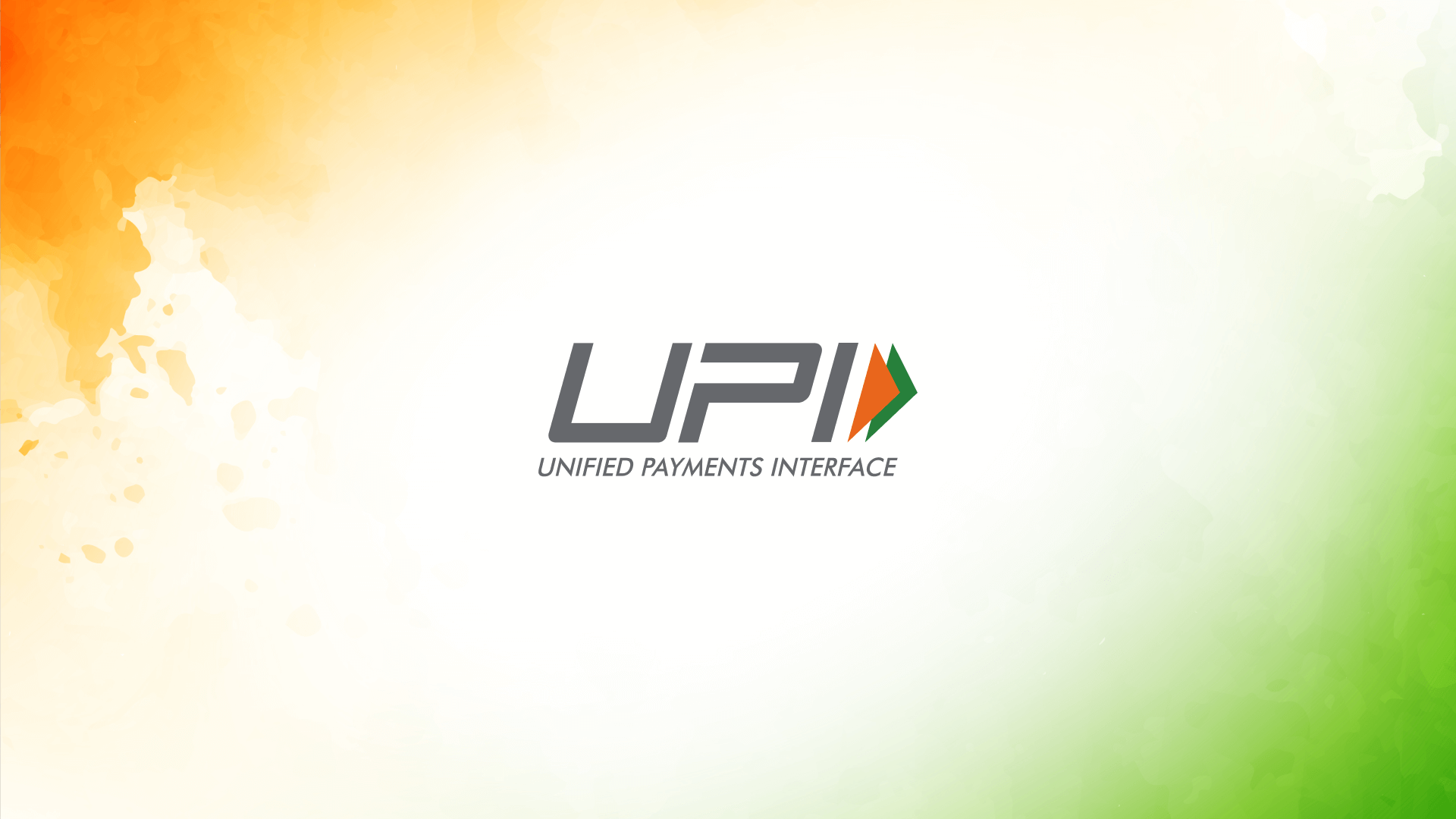Recently, the experience of a Pakistani national went viral while he was praising India’s digital payments system. He recounted when he was in a vendor’s shop and no one gave him any cash for the food. He thought it was for free, but on enquiry, he was baffled at the QR code payment system that seemed available to every small hawker and every extensive showroom.
India’s G20 hosting also saw a lot of foreign nationals getting introduced to the concept. German minister was seen using UPI, and G20 delegates were allowed to make payments using UPI. India also showcased the wonders of E-Rupee vouchers.
Many countries have even made contracts with the Indian government to implement a UPI-like system in their countries. It has been extended to countries like Singapore, UAE, Bhutan, France, Nepal, Malaysia, etc. where the local payment interfaces have been integrated with UPI for transactions. As RuPay and UPI become international, this could become a success story for the world.
Let us understand the basis of this success for India:
UPI stands for Unified Payments Interface. It is a real-time payment system and interbank electronic fund transfer system in India. UPI was developed by the National Payments Corporation of India (NPCI) and launched in April 2016. It is regulated by the Reserve Bank of India (RBI).
UPI is designed to facilitate instant money transfers between banks and simplify digital payments. Here’s how UPI works:
Mobile App: Users need a mobile banking app that supports UPI to get started. Most major banks in India offer UPI-enabled apps.
Registration: Users link their bank accounts to the UPI app and create a unique Virtual Payment Address (VPA). The VPA serves as a user’s identifier, eliminating the need to share sensitive bank details.
Transfers: With a VPA, users can send money to others by entering the recipient’s VPA, mobile number, or bank account number. UPI supports peer-to-peer (P2P) and peer-to-merchant (P2M) transactions.
Security: UPI transactions are secured with two-factor authentication, typically using a Mobile Personal Identification Number (MPIN). It adds an extra layer of security to protect user accounts.
24/7 Availability: UPI operates round the clock, allowing users to initiate transactions at any time.
Variety of Services: UPI goes beyond simple fund transfers. It can be used for bill payments, online shopping, mobile recharges, booking tickets, and more. Many businesses and service providers accept UPI payments.
Instant Confirmation: UPI transactions provide instant confirmation to both the sender and the recipient, making it a convenient and efficient payment system.
India's Unified Payments Interface (UPI)
India’s Unified Payments Interface (UPI) is widely regarded as one of the most successful and transformative digital payment systems in the world. Since its launch in April 2016, UPI has witnessed remarkable growth and adoption, reshaping the way Indians make transactions and contributing to the country’s push towards a digital economy. Here are key factors that have contributed to UPI’s success:
Ease of Use: UPI is incredibly user-friendly. It allows users to make payments by simply using a Virtual Payment Address (VPA), eliminating the need to share sensitive bank details. The process is as simple as sending a text message or making a phone call.
Interoperability: UPI is designed to be interoperable, meaning it works across multiple banks and payment service providers. This has led to widespread adoption, as users are not restricted to a specific bank or app.
Wide Acceptance: UPI is accepted by a vast ecosystem of businesses, both online and offline. Users can pay for groceries, book flights, order food, and even pay utility bills using UPI.
Innovation: UPI has spurred innovation in the digital payment space. Numerous third-party apps and services have emerged, offering unique features and conveniences for users. This competitive landscape has driven further adoption.
Government Support: The Indian government has played a crucial role in promoting UPI. Initiatives like Digital India and demonetization in 2016 encouraged citizens and businesses to adopt digital payments, with UPI as a central pillar.
Financial Inclusion: UPI has enabled financial inclusion by providing access to digital payment services to a wide range of users, including those in remote and underserved areas. It has reduced the dependency on physical cash.
Security: UPI transactions are secured with two-factor authentication and encryption, instilling confidence in users to embrace digital payments.
Low Transaction Costs: UPI transactions typically have lower costs compared to traditional banking methods and credit card payments, making it an attractive option for businesses and consumers alike.
Government Schemes: UPI has been integrated into various government schemes and programs, such as Direct Benefit Transfer (DBT), making it easier for citizens to receive subsidies and benefits directly into their bank accounts.
Continuous Growth: UPI’s growth trajectory has been remarkable. It consistently breaks records for the number of transactions processed month after month, highlighting its popularity and trust among users.
Educational Initiatives: The Indian government and various stakeholders have launched extensive campaigns to educate citizens about the benefits and usage of UPI, further driving adoption.
UPI’s success has not only simplified the lives of millions of Indians but has also positioned India as a global leader in digital payments. Its impact extends beyond convenience, contributing to financial inclusion, transparency, and the reduction of the informal economy. As UPI continues to evolve and innovate, it is likely to play an even more significant role in shaping India’s digital future.



















